Woes of a London Past
Once upon an ancient time, the mighty Romans founded the city of Londinium. Built on the edge of Thames in 47 AD, it became a major port and a thriving commercial centre for Roman Britain. Two millennia later, now the capital of England, London is still among the world’s most important cities.
Born so long ago and still thriving, it is a reasonable claim that the city has seen much. When the world came to a sudden and terrifying halt last year, so did London and its inhabitants. Nobody was prepared for the pandemic we are currently weathering. A great disaster, if ever there was one!
The coronavirus pandemic will go down in history books as a most consequential event for all of humanity. In its own way, the impact of coronavirus will leave a mark on individual nations, their peoples, and their cities for the times to come. Including London.
Over the ages, London has had its share of tragedies and disasters. Ones that have significantly shaped London for what it is today. As these are countless and equally meaningful, we will look at some of the more notorious ones.
For now, we’re still dealing with the Covid-19 pandemic. If you’re planning on travelling, be sure to book a PCR test in London. You receive your results on the same day and the test can be used for travel or for the Test to Release scheme.
The Great Fire of Southwark (1212 AD)
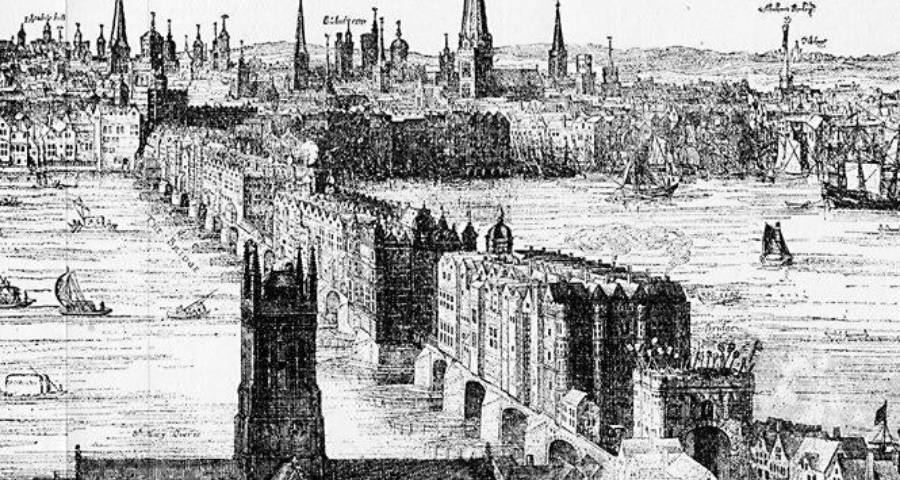
Whenever the Great Fire of London is mentioned, our minds tend to jump to the 1666 AD one. However, London has had numerous great fires over the years. A particularly catastrophic one occurred in 1212 AD, referred to as the Great Fire of Southwark. The fire started in Southwark, south of the Thames, and dispersed from there.
This was at a time when there was no organised fire service, and houses were wooden with straw roofs.
Medieval wooden buildings combined with high winds resulted in a swift spread. The flame blazed through the cathedral of St Mary Overie to Borough High Street and finally reaching London Bridge. Cinders blew across the river causing buildings to ignite on the other side of the river. From there, the blaze travelled into the City of London.
It is estimated that around 3000 lives were lost in that fire.
The Fatal Vespers of Blackfriars (1623 AD)
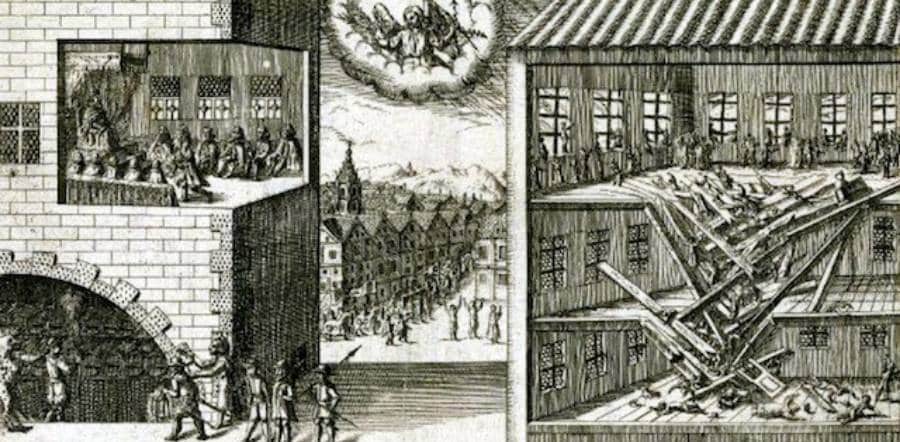
London in 1623 witnessed a most gruesome accident. The French ambassador was hosting an evensong at his residence in Hunsdon House, Blackfriars. The distinguished preacher and Jesuit Robert Drury was leading the service. An estimated 300 individuals turned up to hear Drury. It must be noted that the sermon was taking place in a third-floor room of the ambassador’s house.
It happened halfway through the service. The floor broke open from the great weight of the congregation. The attendees tumble down onto the second floor, which also collapsed. The crowd, already maimed and injured, were then finally unloaded into a first-floor drawing-room.
Around 95 individuals lost their lives in the incident, including Robert Drury and William Whittingham, a fellow priest.
Great Plague of London (1665 AD)
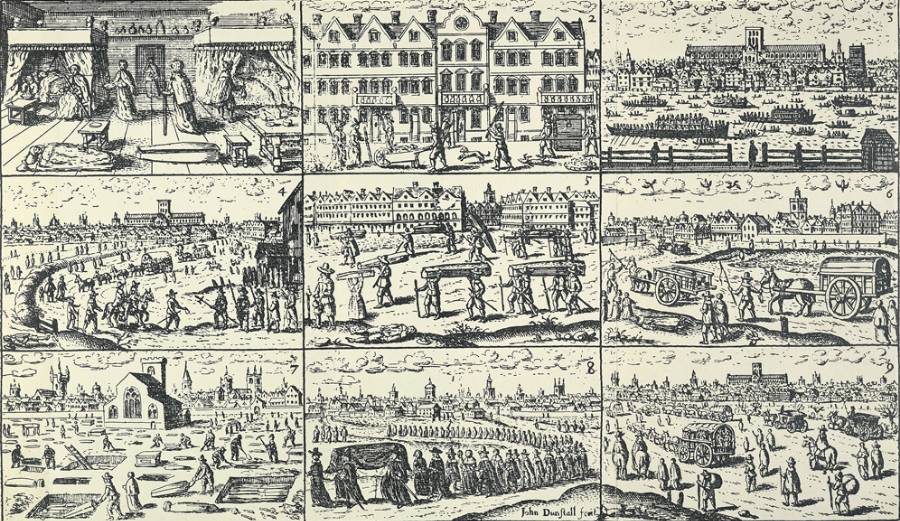
The bubonic plague, commonly referred to as the Black Death, had been around since the 1300s. When the epidemic in London struck in 1665, it lasted for two successive years. It is believed that the earliest case started in a parish called St Giles-in-the-Fields. Spreading from parish to parish, the plague had claimed an estimated 100,000 lives – nearly a fourth of London’s population.
The disease spread by fleas on black rats, which were attracted by the piling waste and litter on the city streets. Plague pits, dug up to bury the demised, filled swiftly.
Anyone who had any influence or wealth had fled London during that time. Parliament had to close temporarily, and court cases moved to Oxford. Travel and trade with London and other affected areas were severed from the rest of the country.
The bubonic plague remains a serious disease; however, modern antibiotics are highly effective against it.
The Great Fire of London (1666 AD)
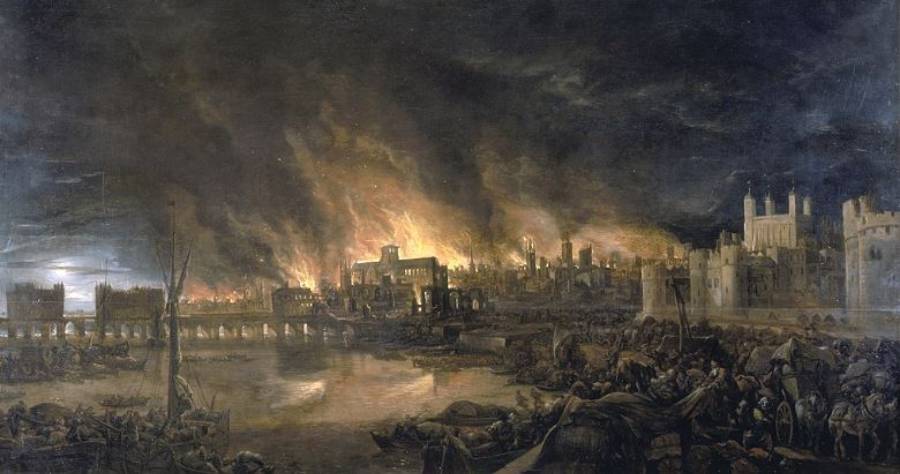
Survivors of the tragic Plague in 1666 thought they had seen the worst of it when ensued another appalling catastrophe. It started as a small fire in King’s bakery on Pudding Lane near London Bridge. Fires in London had become so common by then that the Lord Mayor has been reported to scoff when awoken to be informed of it.
With a rainless summer and houses built of dry timber, the fire took hold. Before long, it had brought down hundreds of homes. Two days later, half of London was ablaze. The Great Fire was not quelled before it raged and rampaged for another two days.
By the time the fire had been extinguished, only a fifth of London survived. Hundreds of thousands were rendered homeless in the aftermath. And although some historians disagree, it is a common belief that only six lives were lost in the terrible days of the Great Fire of London.
The sinking of SS Princess Alice (1878 AD)
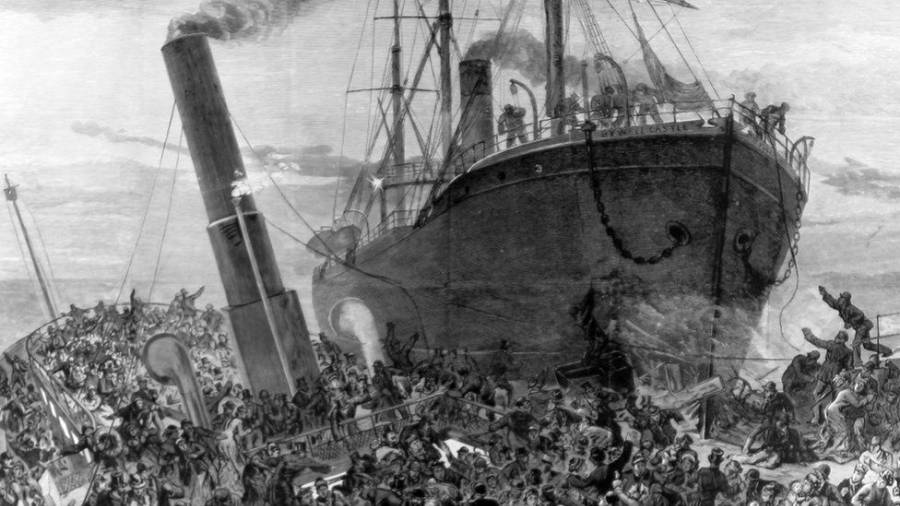
Though it is now largely neglected, it was indeed an awful tragedy the day the SS Princess Alice sank in the Thames.
On a sunny, fair day, the passengers, mainly consisting of families, embarked on the leisurely cruise. The ship anchored in Sheerness, where men, women and children enjoyed the last of the summer sun.
In the evening near the end of its voyage, the SS Princess Alice was split into three parts when a large coal ship collided on its starboard side.
Around 700 lives were lost. It is still the most severe shipping accident to have occurred in the British inland waterway.
The Blitz (1940 AD)
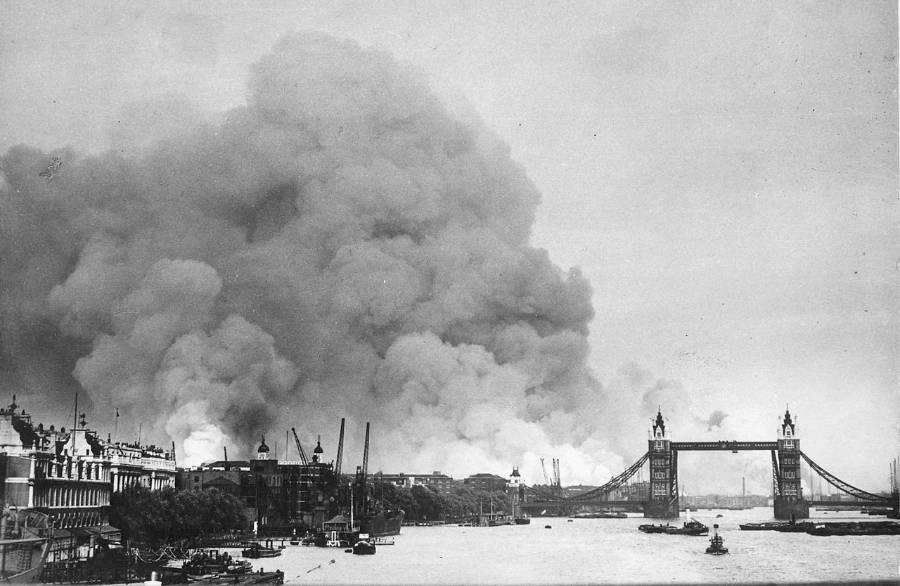
One of the gravest misfortunes London faced in the recent past was the Blitz. It took place during the Second World War, one of the most frightening episodes in human history. The bombing campaign by Nazi Germany began on 7 September 1940 and lasted eight months. The Luftwaffe, the Nazi air force wing, dropped bombs not only over London but other strategic cities in Britain. However, it was the capital that suffered the brunt of these assaults. Over 40,000 civilians perished in these raids, more than half of them in London. The capital also saw more than a million buildings demolished.
Related Articles
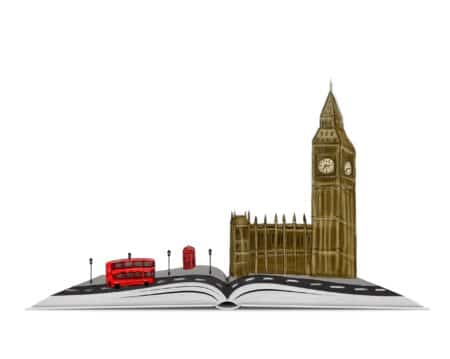
London: The books and the city
As our London PCR testing locations expand to Heathrow and Gatwick, we take a look at some of the literature...
Is Vaping Better Than Smoking?
Vaping has become a popular activity in recent years, replacing the use of cigarettes in many cases. Interestingly, the inhalation...
Vitamin C: 5 Amazing benefits of vitamin C
While vitamin C is an essential nutrient, it also provides several extra health benefits that can help in the long...1,000,000
Customers
Saph was amazing today, very professional and explaining everything as she went along. I was so happy with the treatment and service today that I ended up booking for a plasma treatment in September.
Welldone guys and keep up the good work. We all need Vivo in our lives!
 close
close





